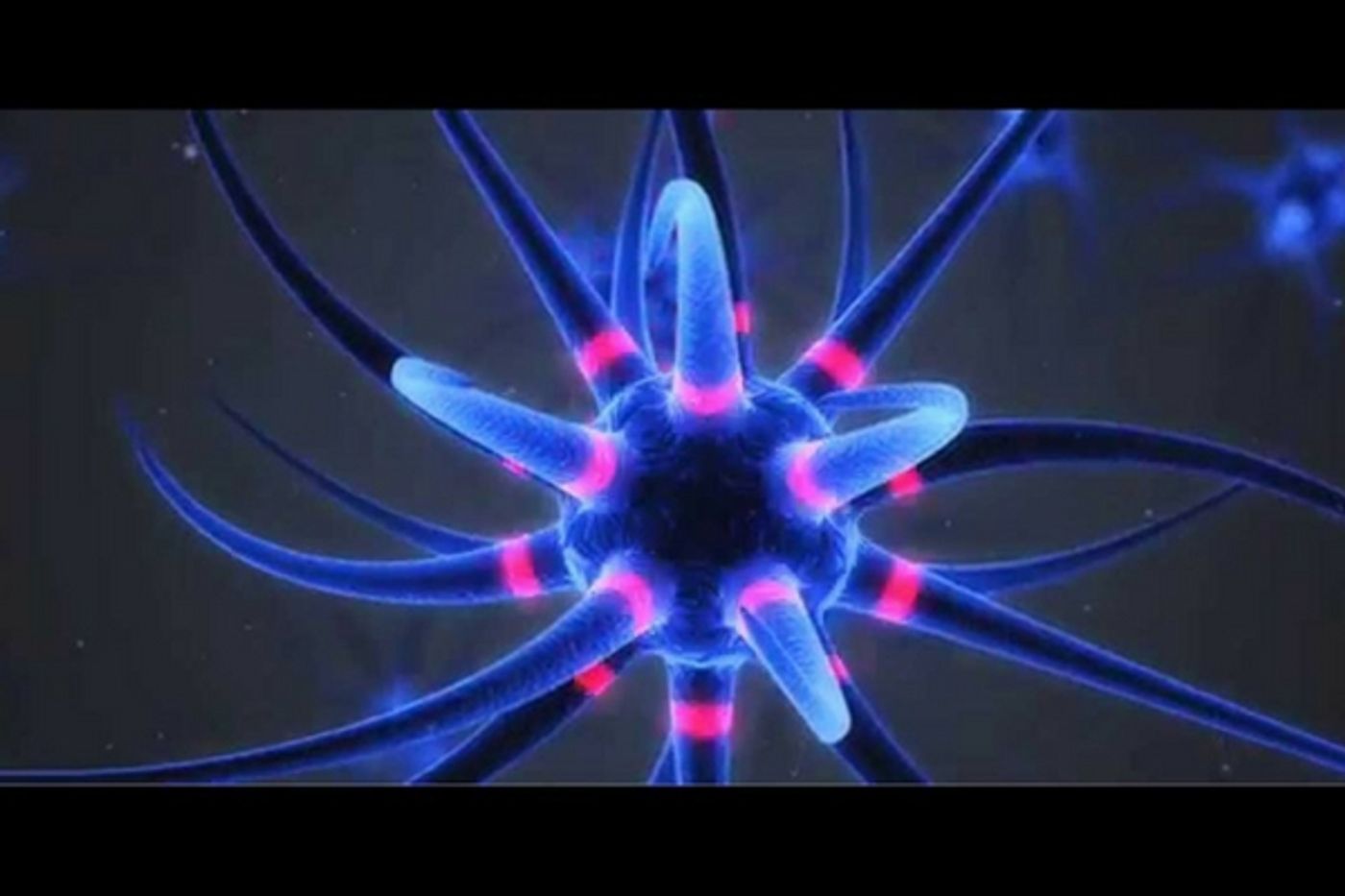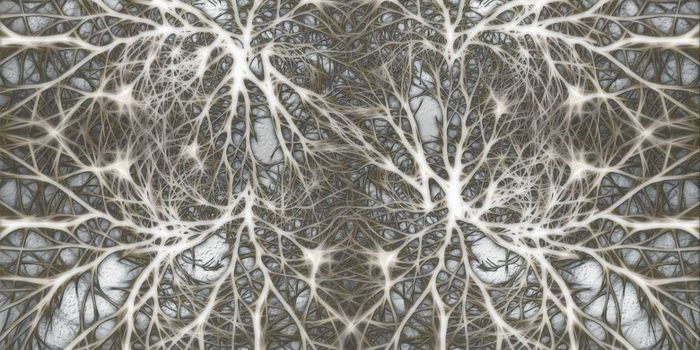When a person sleeps, the brain is still very hard at work. Everything that someone sees, does or learns in the average day is catalogued, in a sense, while asleep. It’s because your brain isn’t busy processing visual and auditory input, problem solving, speaking, walking, driving and doing all the other daily tasks. When the body is quiet, the brain can work on keeping memories and skills organized. For people who memory impairments due to injury or disease, this process doesn’t work as well so studying how to boost memory is an active field of research in neuroscience.

A recent project at the University of North Carolina School of Medicine has shown for the first time that using transcranial alternating current stimulation, or tACS, to target a specific kind of brain activity during sleep can strengthen memory in healthy people. The results of this study were published in the journal Current Biology and they offer a new direction for patients with neurodegenerative diseases like Alzheimer’s as well as those who suffer from mental illnesses like schizophrenia or major depressive disorder.
During sleep, brain activity can be seen on EEG monitors. The electrical activity of the brain while during down time shows up in waves, that essentially oscillate back and forth in an alternating pattern. They’re called sleep spindles and the UNC study wanted to investigate whether or not they were involved in the process of storing memories.
In a press release about the study senior author Flavio Frohlich, PhD, assistant professor of psychiatry and member of the UNC Neuroscience Center said, “But we didn’t know if sleep spindles enable or even cause memories to be stored and consolidated. They could’ve been merely byproducts of other brain processes that enabled what we learn to be stored as a memory. But our study shows that, indeed, the spindles are crucial for the process of creating memories we need for every-day life. And we can target them to enhance memory.”
This study differed from others, many of which used tDCS, transcranial direct current stimulation. The problem with tDCS is that it works by zapping the brain with a constant low energy current. That kind of stimulation can affect the electrical output of the brain and then the results of the study are not clear. Using tACS the UNC team was able to directly target the sleep spindles without having other electrical activity mar their results.
The study involved 16 healthy male participants who completed a screening night of sleep, and then two nights of sleep in the lab. Before going to bed each participant completed two common memory tests, one involving word association pairs and one involving motor skills with a finger tapping sequence. All of the participants were fitted with electrodes on their scalps. The first night all received an alternating current of electricity synchronized to their sleep spindle pattern. On the second night they all received phony stimulation that acted as a placebo. In the morning they were asked to repeat the two memory tests. While no improvement was found on the word association tests, there was a significant improvement in the motor skills test. “This demonstrated a direct causal link between the electric activity pattern of sleep spindles and the process of motor memory consolidation.” Frohlich said. The video below from UNC explains more, check it out.
Sources:
University of North Carolina School of Medicine,
Psych Central()









